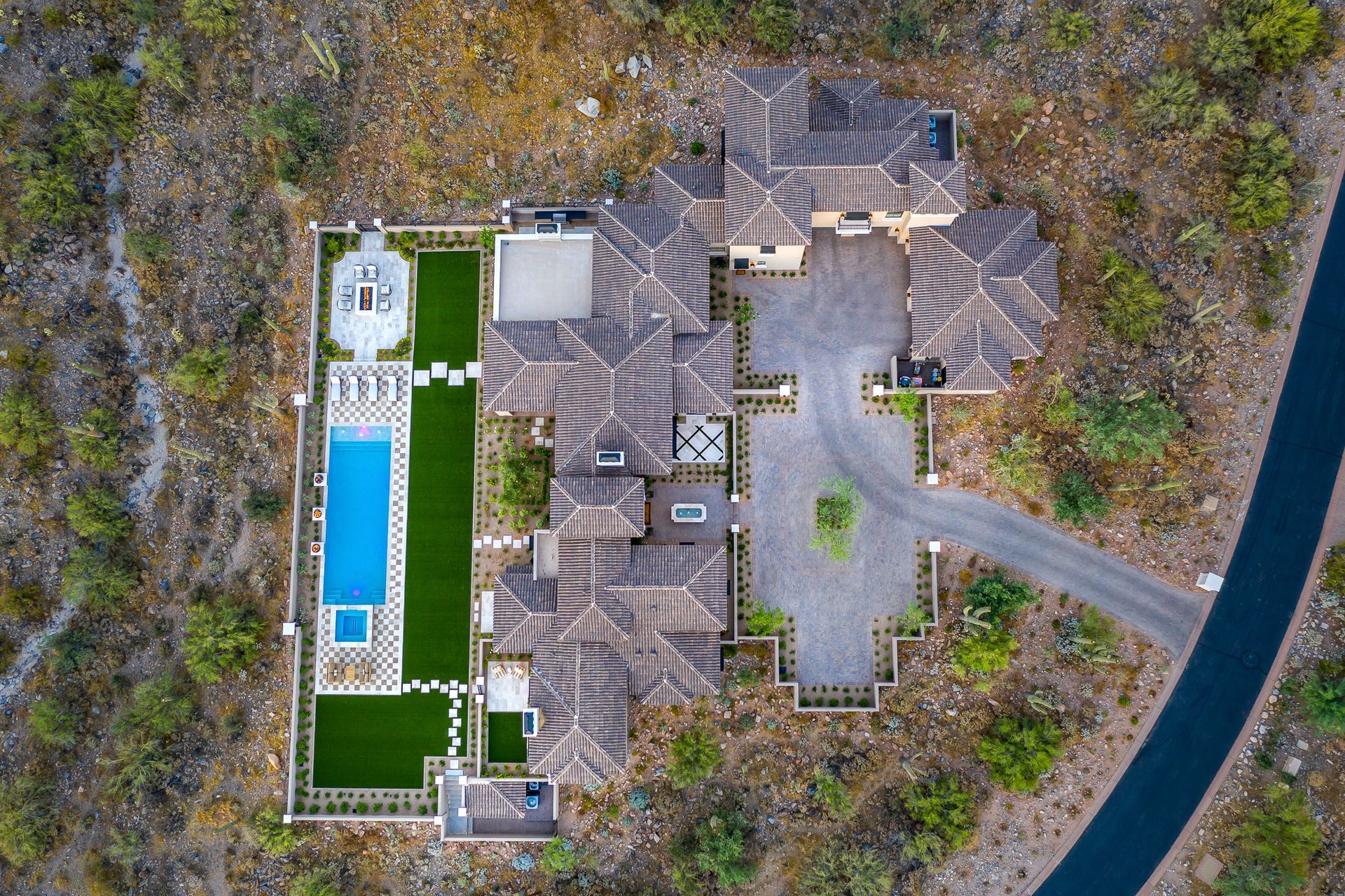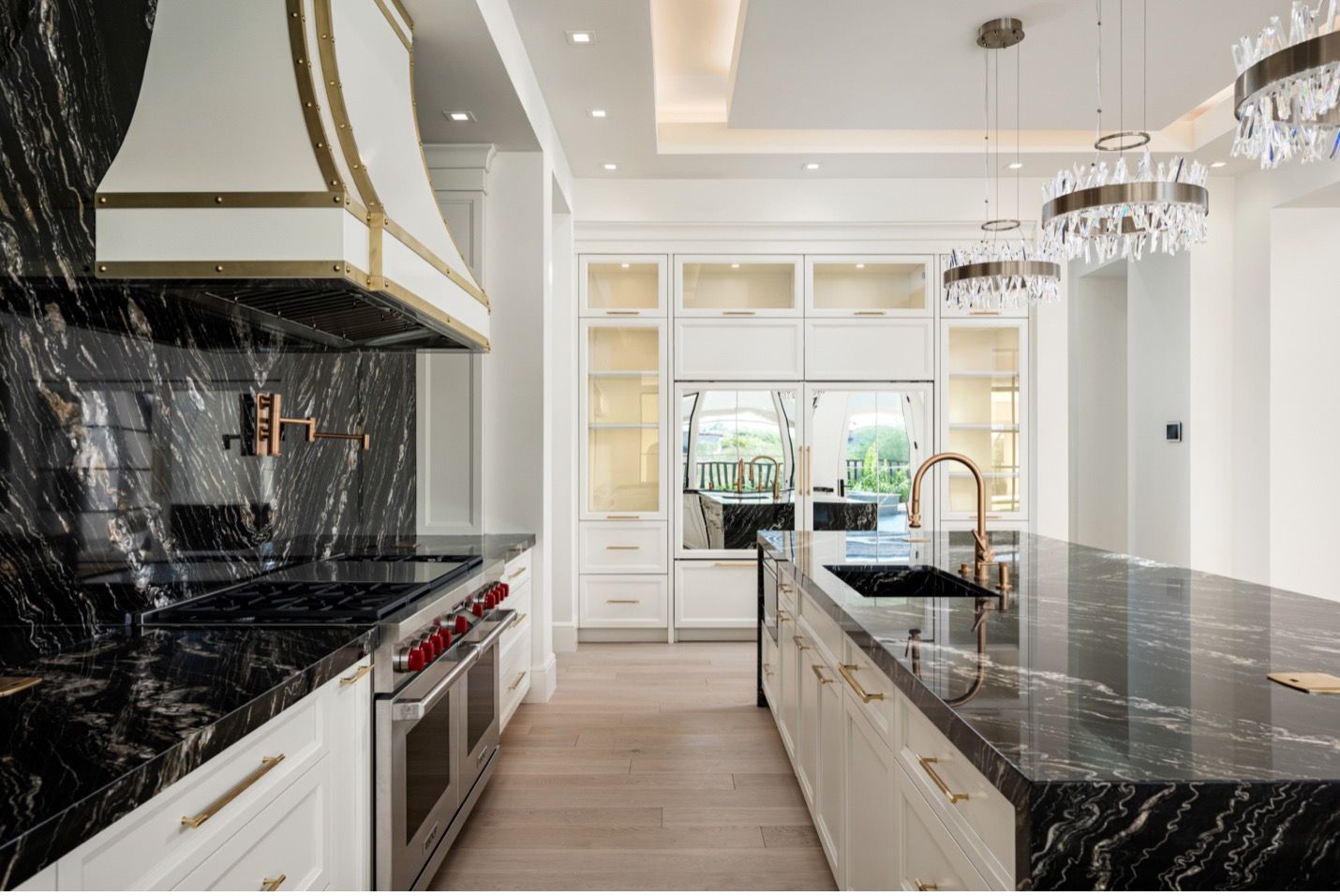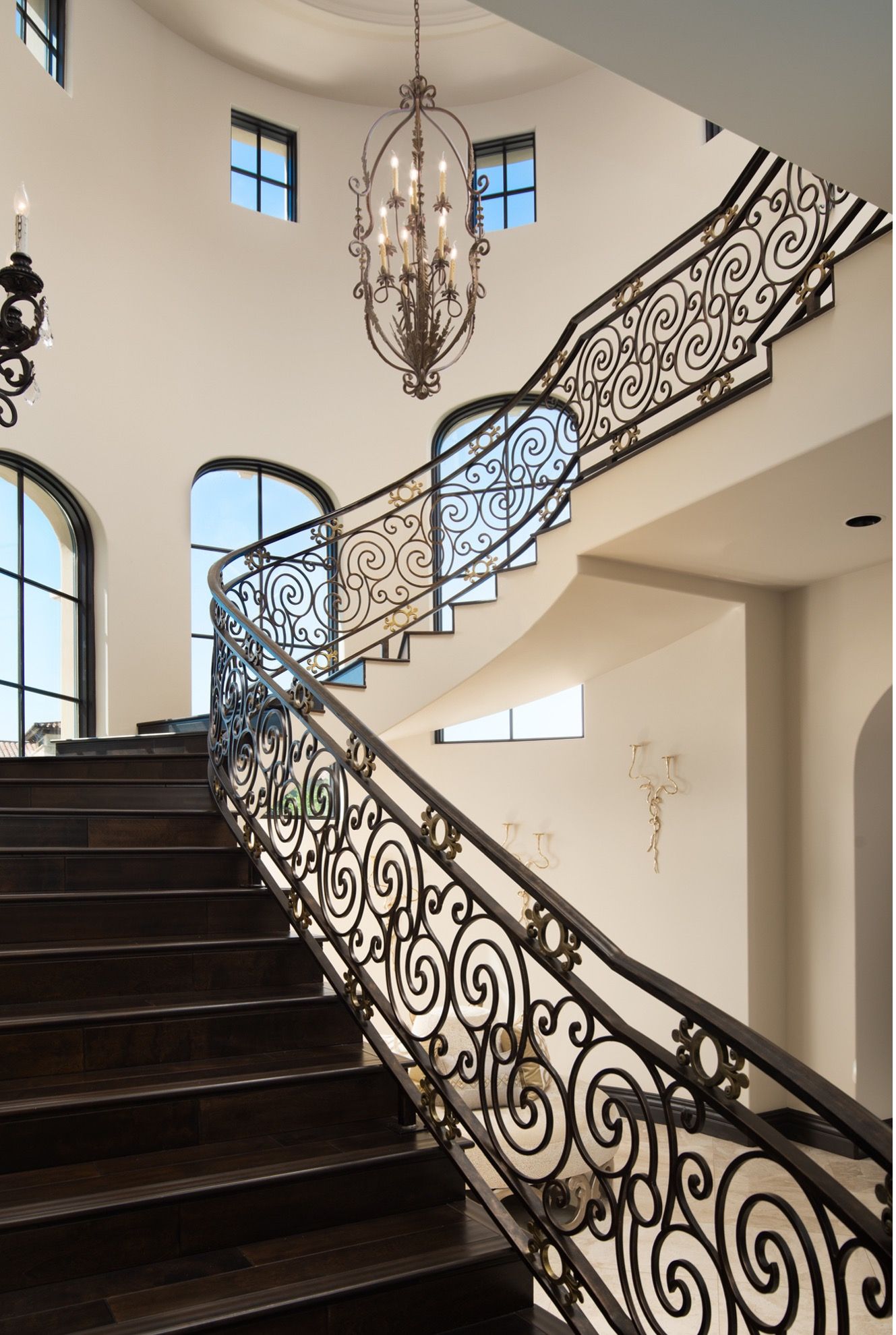Types of Architecture: 5 Popular Styles of Homes
Residential architecture is a canvas where creativity meets functionality, shaping the way we live and interact with our surroundings. From sleek modern designs to timeless classics, there exists a myriad of architectural styles that define our homes. Let’s dive into the diverse landscape of architectural design exploring 5 Popular Architectural Home Styles.
Contemporary Architectural Home Style
Contemporary architecture is marked by its innovative and dynamic approach to design. It embraces a wide range of materials, technologies, and aesthetic principles. Characterized by clean lines, geometric shapes, and minimalist aesthetics, contemporary buildings often prioritize functionality and sustainability. Glass facades and open floor plans create a sense of transparency and connectivity with the surrounding environment, while sustainable features such as green roofs, solar panels, and passive design strategies promote energy efficiency and environmental responsibility.
Flexibility and adaptability are also key elements, with spaces designed to accommodate evolving needs and lifestyles. Contemporary architecture reflects the diversity of cultures and influences in the modern world, pushing boundaries and challenging conventions to create spaces that are both visually striking and responsive to the needs of the present era.
Traditional Architectural Home Style
Traditional architecture encompasses a diverse array of elements shaped by regional climates, materials, and cultural practices. Across different cultures and regions, common elements include a focus on local materials such as wood, stone, adobe, or thatch, reflecting a deep connection to the surrounding environment. Traditional buildings often exhibit simplicity in form and construction techniques, with designs that respond to local climatic conditions, such as pitched roofs for areas with heavy snowfall or raised floors for flood-prone regions. Ornamentation is often derived from local craftsmanship and cultural motifs, adding unique character to each structure.

Furthermore, traditional architecture frequently prioritizes community and social interaction, with spaces such as courtyards, plazas, and communal gathering areas playing central roles in design. These elements combine to create enduring and culturally significant architectural expressions that continue to resonate with communities around the world.
Transitional Architectural Home Style
Transitional architecture represents a fusion of traditional and contemporary elements, blending the timeless charm of historical styles with the innovative approaches of modern design. Characterized by a balance between old and new, transitional buildings often feature classical proportions, symmetrical facades, and traditional materials such as brick, stone, and wood, while also incorporating sleek lines, open spaces, and minimalist aesthetics typical of contemporary architecture.
Ornamentation is kept to a minimum, with emphasis placed on clean, uncluttered spaces that allow for flexibility and adaptability. Transitional architecture seeks to create harmonious environments that honor the past while embracing the present, offering a sense of continuity and evolution in architectural expression.
Mediterranean Architecture Home Style
Inspired by the coastal regions of Southern Europe, Mediterranean architecture is defined by its timeless charm, influenced by the climates and cultures surrounding the Mediterranean Sea. Characterized by whitewashed walls, terracotta roofs, and shaded courtyards, Mediterranean buildings prioritize functionality and harmony with the natural environment.
Arched windows and doorways, often framed by vibrant bougainvillea or jasmine, add a touch of romance, while wrought iron balconies and intricate tilework evoke a sense of rustic elegance. Open-air spaces, such as patios and verandas, encourage outdoor living, fostering a connection with the surrounding landscape. With its emphasis on simplicity, warmth, and a seamless indoor-outdoor flow, Mediterranean architecture continues to captivate and inspire across the globe.
French Architecture Home Style
Inspired by the stunning, countryside homes found in France, French architecture encompasses a rich tapestry of elements that reflect the country’s diverse historical and cultural influences. Characterized by a harmonious blend of symmetry, ornate decoration, and grand entrances, French buildings often feature iconic elements such as mansard roofs, elaborate facades adorned with intricate carvings and moldings, and grand entranceways that exude elegance and luxury.
Balconies with wrought iron railings add a touch of charm, while formal gardens and landscaped spaces enhance the overall aesthetic. These elements, rooted in centuries of architectural tradition, contribute to the enduring allure and timeless beauty of French architecture.
Residential architecture encompasses a rich tapestry of styles. Each style reflects the unique tastes, cultural influences, and design philosophies of its time. From the sleek lines of modern architecture to the timeless elegance of traditional homes, there is a style to suit every lifestyle. We’ve explored 5 popular architectural home styles, but this certainly isn’t an exhaustive list. There is more to be uncovered! As architectural design evolves, we will see innovations and interpretations that shape the way we live.
Ready to turn your dream home into a reality? Let’s embark on this exciting journey together! Our team is here to bring your vision to life. Get in touch today to start building the home you’ve always dreamed of!
Contact Us
The post Types of Architecture: 5 Popular Styles of Homes appeared first on Fratantoni Design.





















